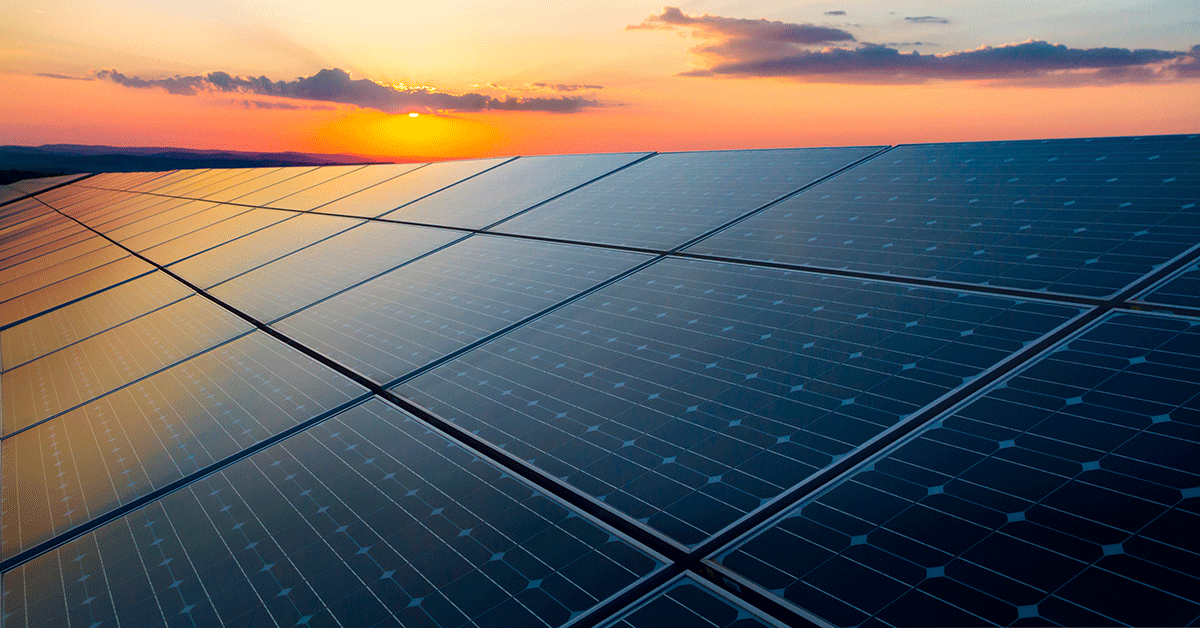Solar power could solve Swiss energy problems

In an article for Avenir Suisse, Empa Deputy Director Peter Richner analyzes which factors can actually lead to a CO2-free future. His conclusion: Switzerland has to rely heavily on solar power.
Notice: Undefined variable: excludeTagsCountForSimpleParser in /home/immoinve/public_html/immoinvest.cyon.site/dev/wp-content/plugins/TooltipProPlus/glossaryFree.php on line 1771
Only photovoltaics can show Switzerland the way to a CO2-free future, writes the Deputy Director of the Federal Materials Testing and Research Institute ( Empa ), Peter Richner, in an article for Avenir Suisse . It is based on the so-called Kaya identity, which the Japanese scientist Yoichi Kaya used in 1993 to describe the total amount of anthropogenic CO2 emissions as a function of four factors. The fourth alone, a reduction in the CO2 footprint, has enough potential, according to Richner, to achieve Switzerland's climate goals – through massive expansion of photovoltaics.
If only 50 percent of all Swiss roofs were equipped with solar modules, electricity production from nuclear power plants would be superfluous. Richner demonstrates this in terms of electricity supply and demand for 2015. However, if all roofs and increasingly also building facades were equipped with solar panels, the output gap in winter could also be compensated for. At the same time, however, solutions would have to be found in order to be able to utilize the largest possible proportion of the electricity surplus in summer, both on a daily basis and at other times of the year.
For increased flexibility of use, day storage systems could shift loads, for example through batteries or hydrogen. Digitization offers opportunities for the necessary creation of flexibility in consumption and production. Excess electricity could be converted into hydrogen in summer and possibly, together with CO2 from the air, into methane or liquid synthetic hydrocarbons. These chemical energy carriers can be stored easily and used in a variety of ways. And finally, seasonal heat storage systems could be charged with excess electricity in order to reduce energy requirements in winter.
The potential of energy efficiency, another influenceable factor of the Kaya identity, is far from being exhausted, says Richner. However, achievements in this area would be compensated for by higher electricity demand, fossil electricity imports from abroad in winter or increased electricity consumption.
In order to achieve a climate-neutral Switzerland, one of the four factors in the Kaya identity must be zero or the remaining product is offset with CO2-negative technologies such as the separation of CO2 from the air and its storage. Politicians must provide a decisive framework for this, as long as the nuclear power plants are still running.
